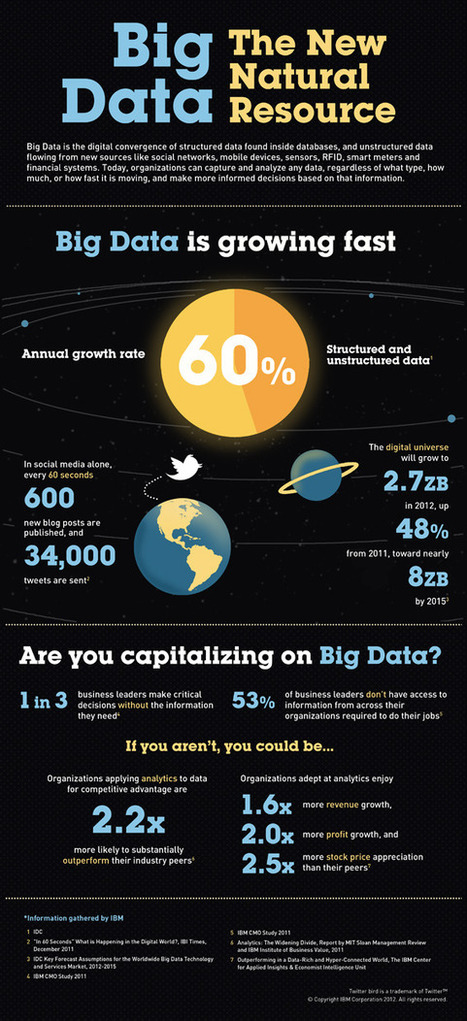To be able to curb the global pandemic of physical inactivity and the associated 5.3 million deaths per year, we need to understand the basic principles that govern physical activity. However, there is a lack of large-scale measurements of physical activity patterns across free-living populations worldwide. Here we leverage the wide usage of smartphones with built-in accelerometry to measure physical activity at the global scale. We study a dataset consisting of 68 million days of physical activity for 717,527 people, giving us a window into activity in 111 countries across the globe. We find inequality in how activity is distributed within countries and that this inequality is a better predictor of obesity prevalence in the population than average activity volume. Reduced activity in females contributes to a large portion of the observed activity inequality. Aspects of the built environment, such as the walkability of a city, are associated with a smaller gender gap in activity and lower activity inequality. In more walkable cities, activity is greater throughout the day and throughout the week, across age, gender, and body mass index (BMI) groups, with the greatest increases in activity found for females. Our findings have implications for global public health policy and urban planning and highlight the role of activity inequality and the built environment in improving physical activity and health
Large-scale physical activity data reveal worldwide activity inequality
Tim Althoff, Rok Sosič, Jennifer L. Hicks, Abby C. King, Scott L. Delp & Jure Leskovec
Tim Althoff, Rok Sosič, Jennifer L. Hicks, Abby C. King, Scott L. Delp & Jure Leskovec
Nature 547, 336–339 (20 July 2017) doi:10.1038/nature23018



 Your new post is loading...
Your new post is loading...










